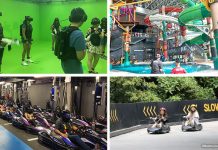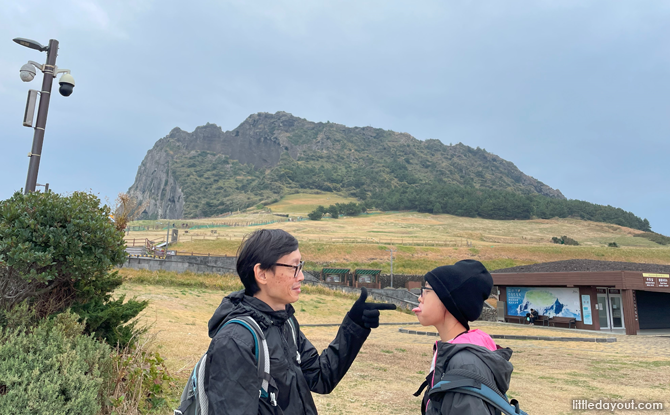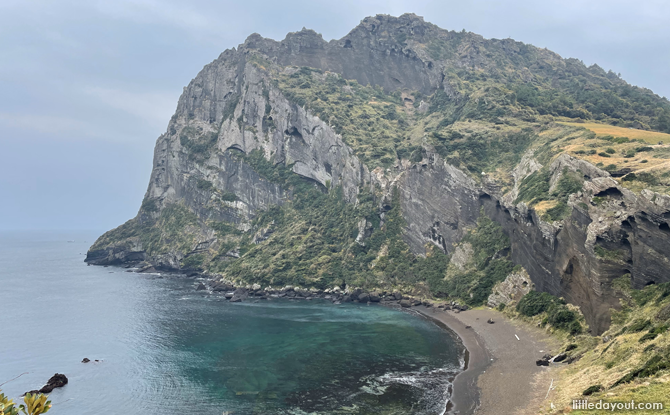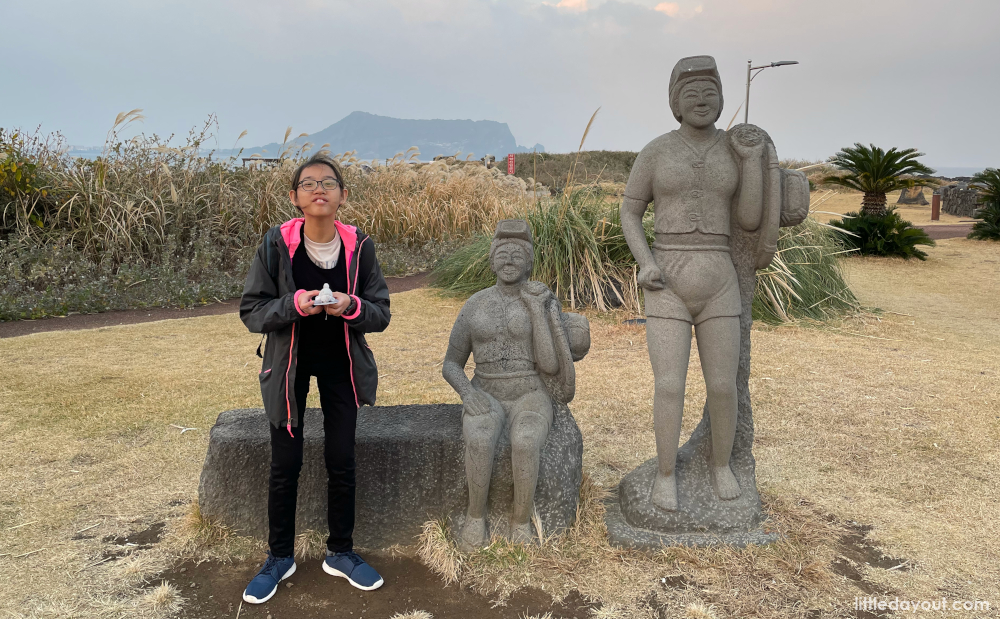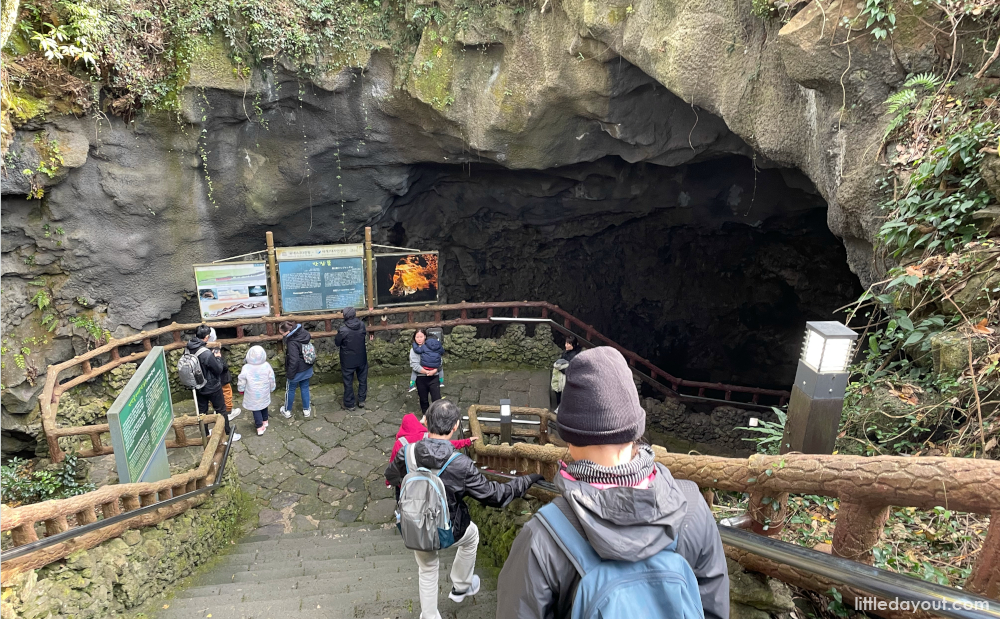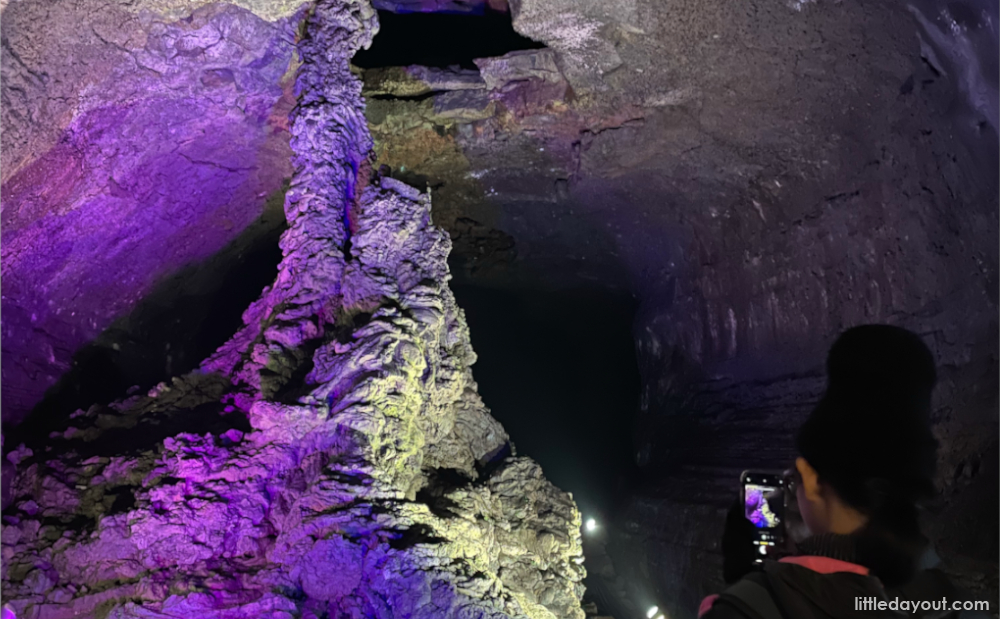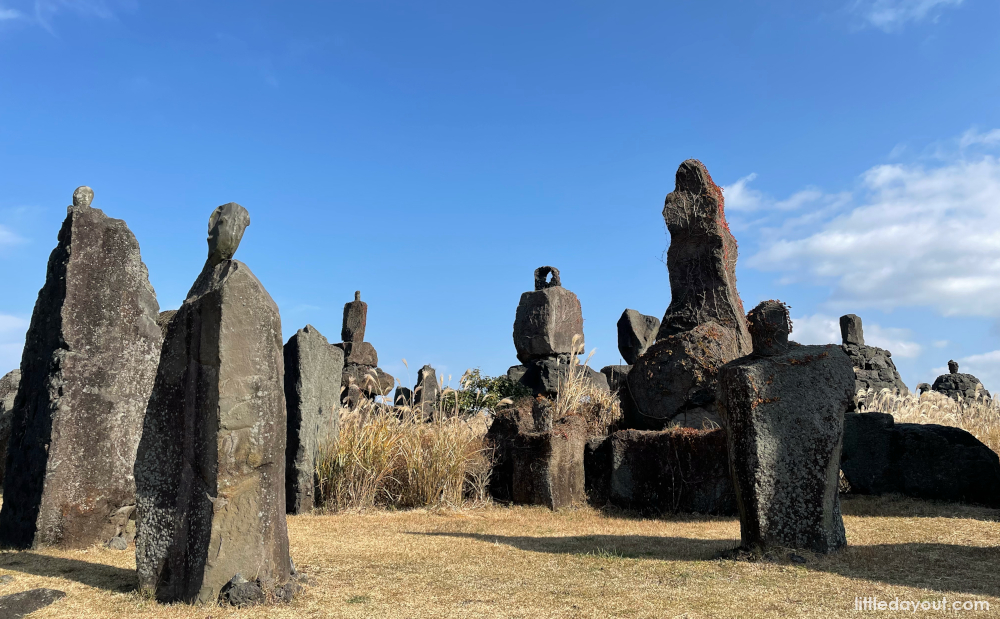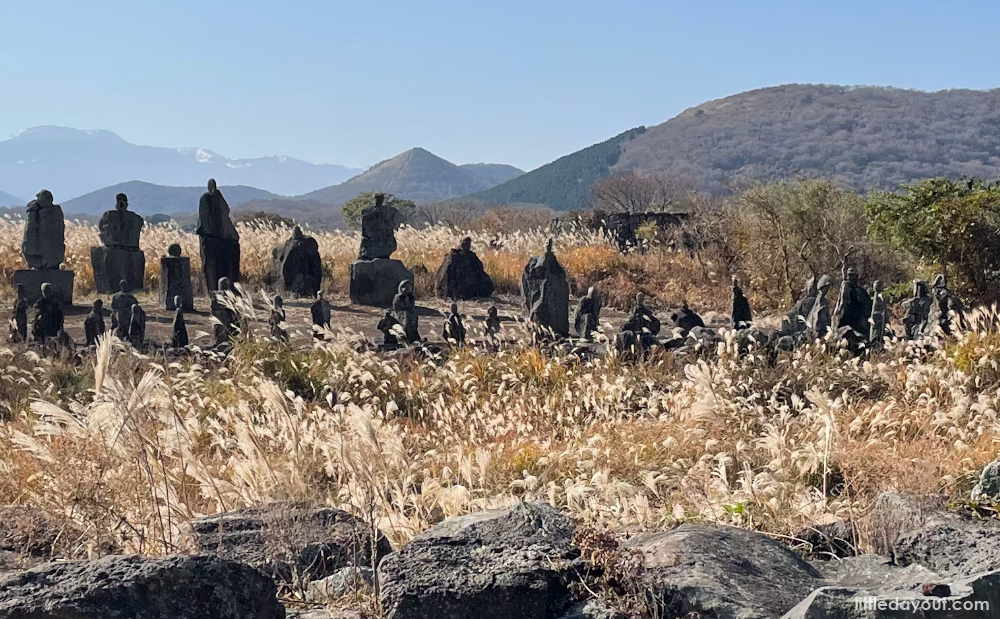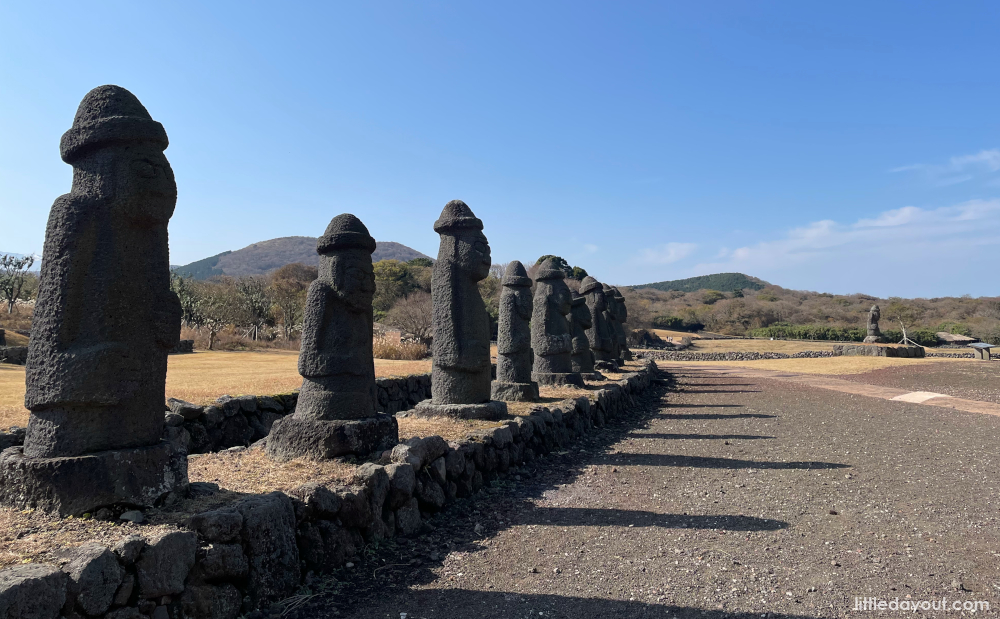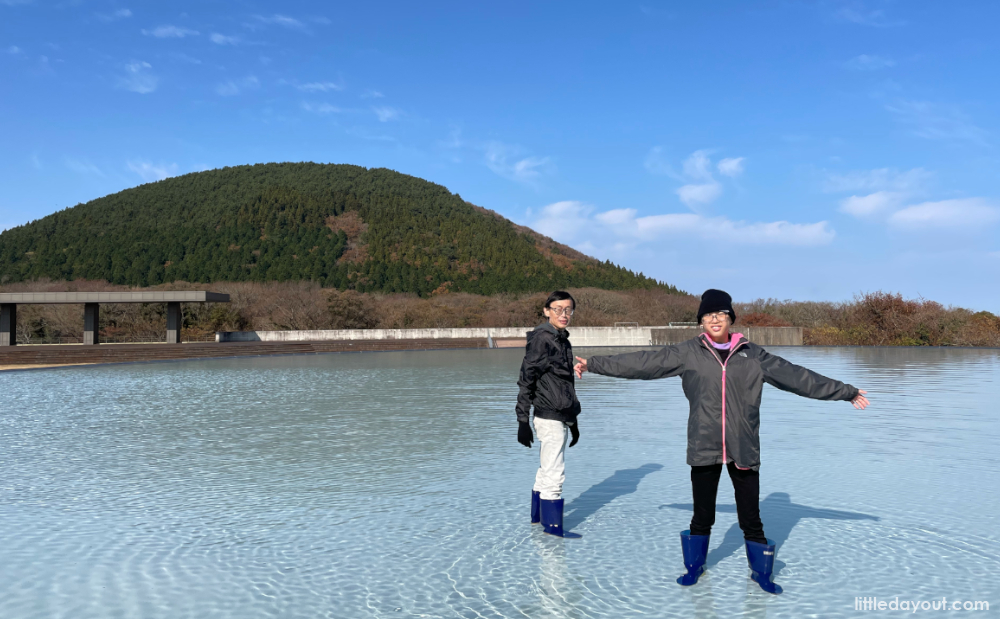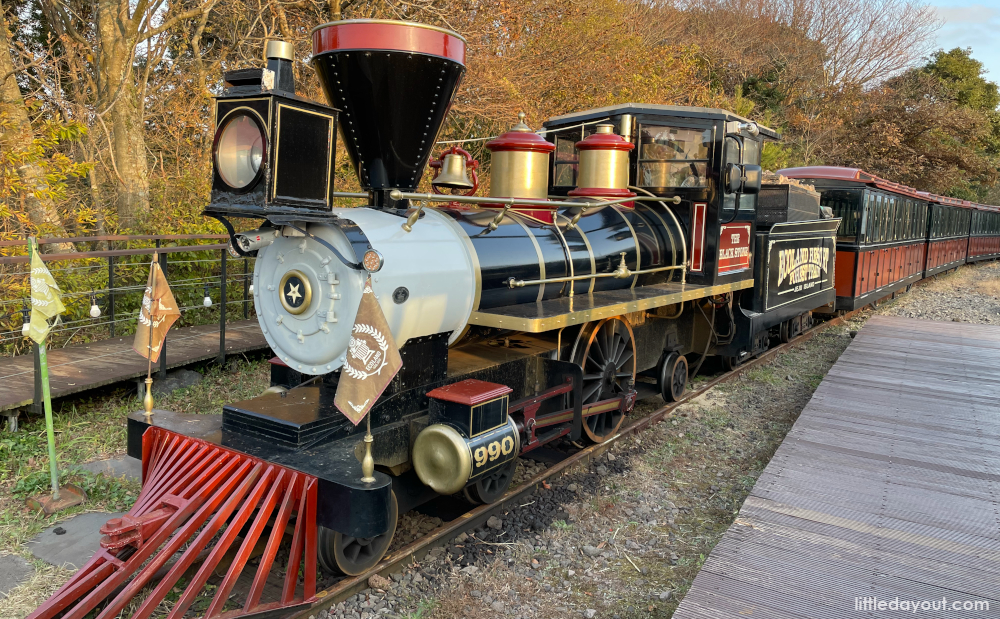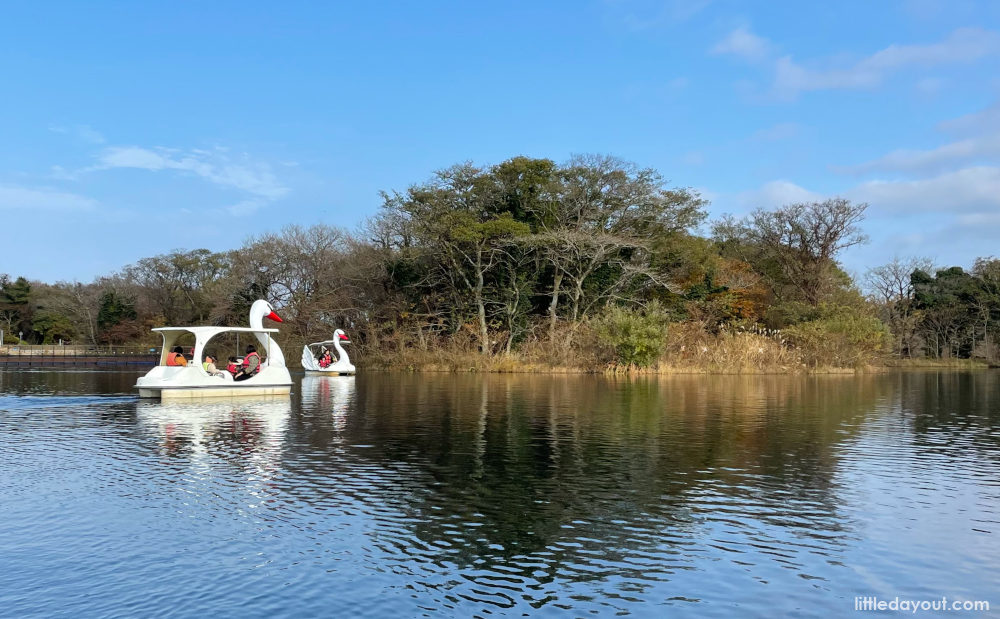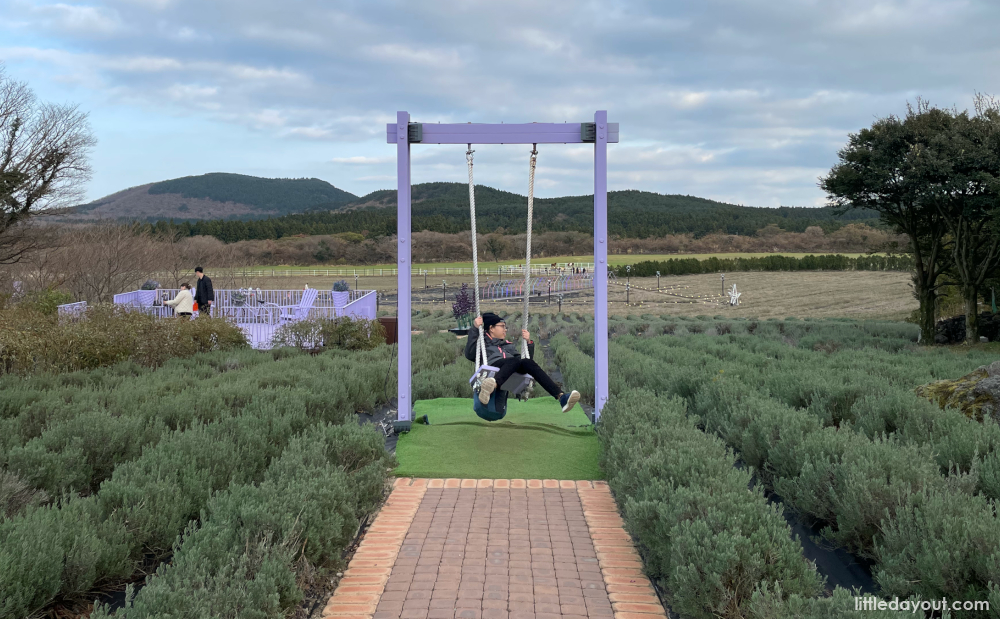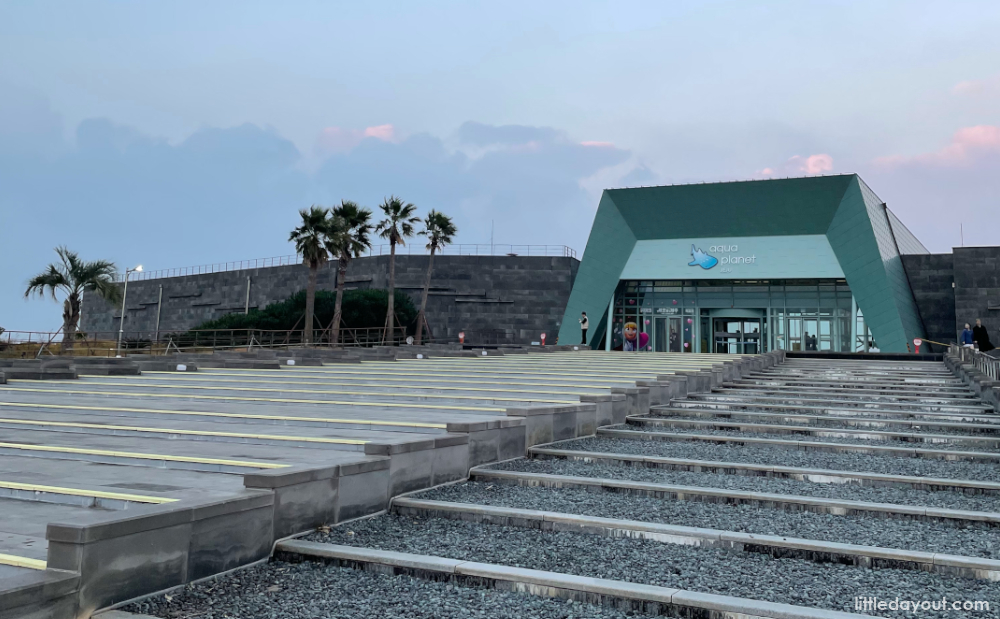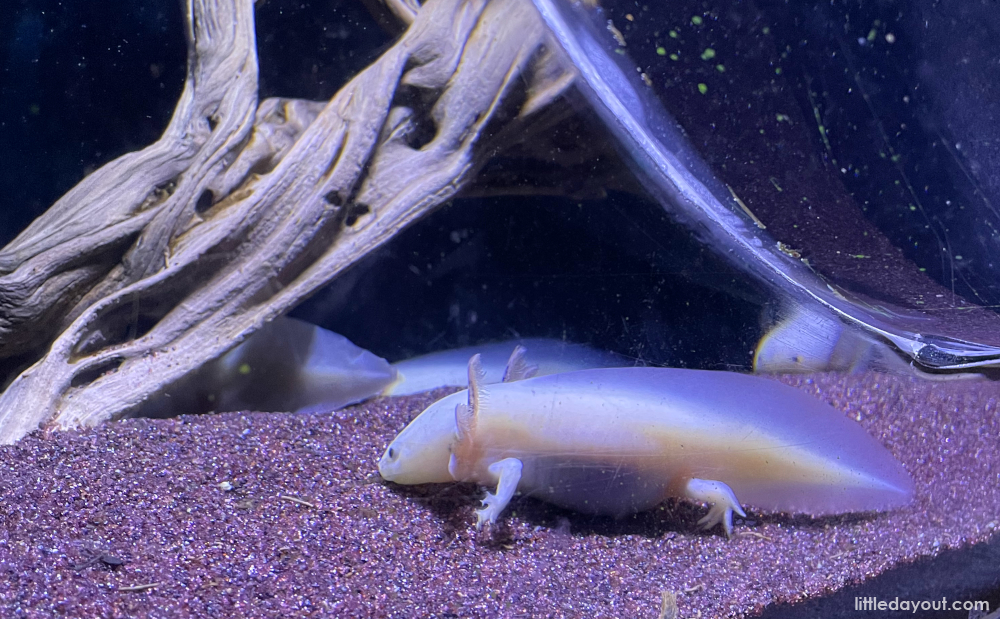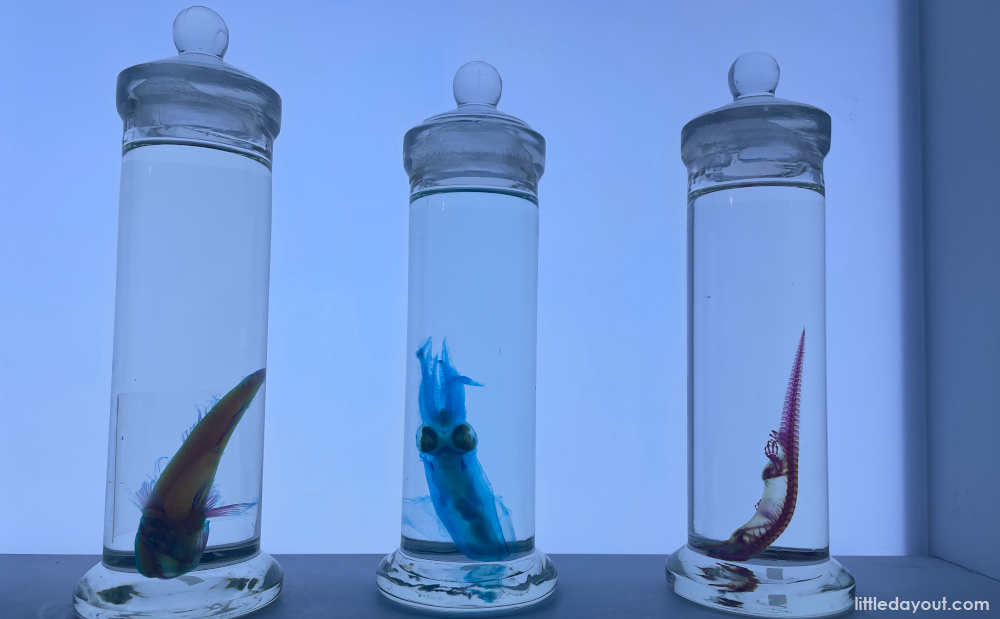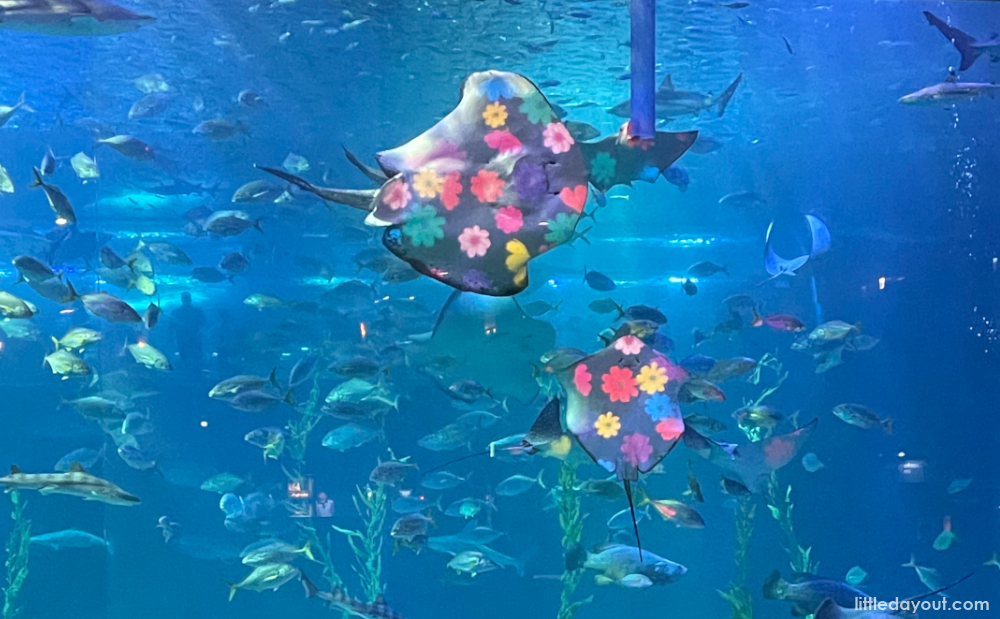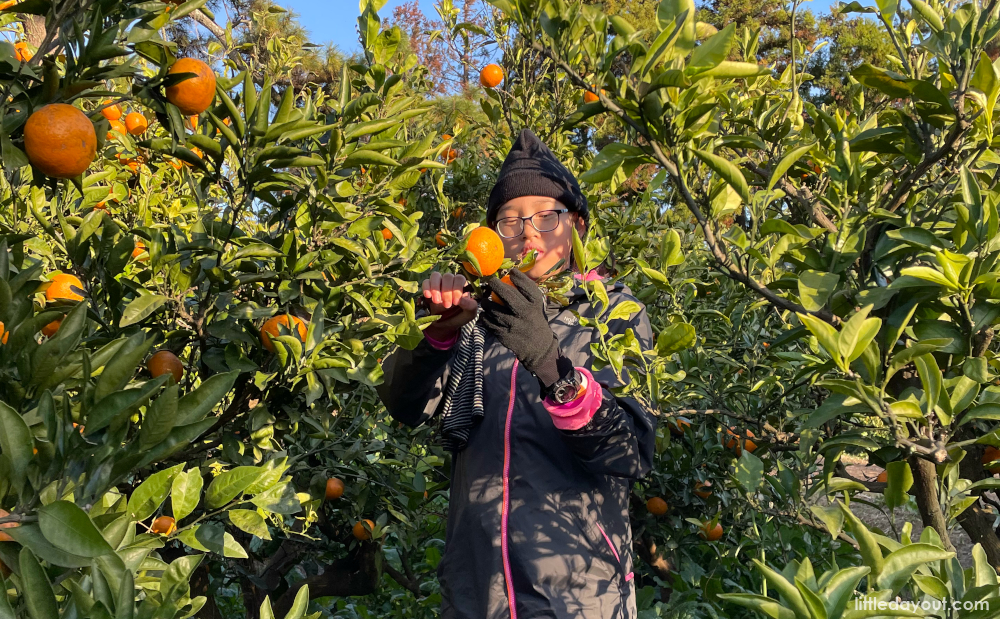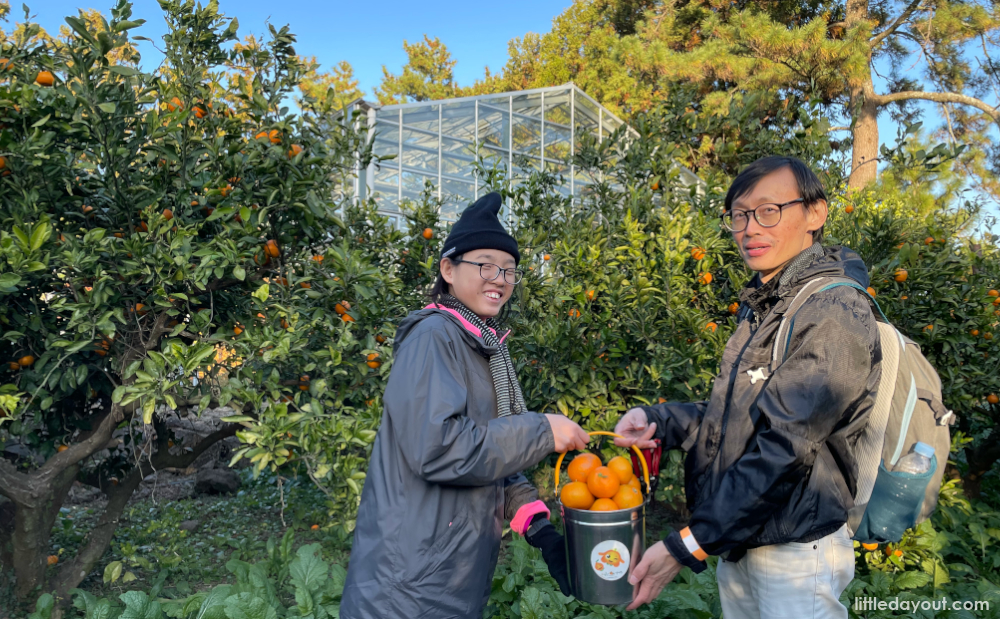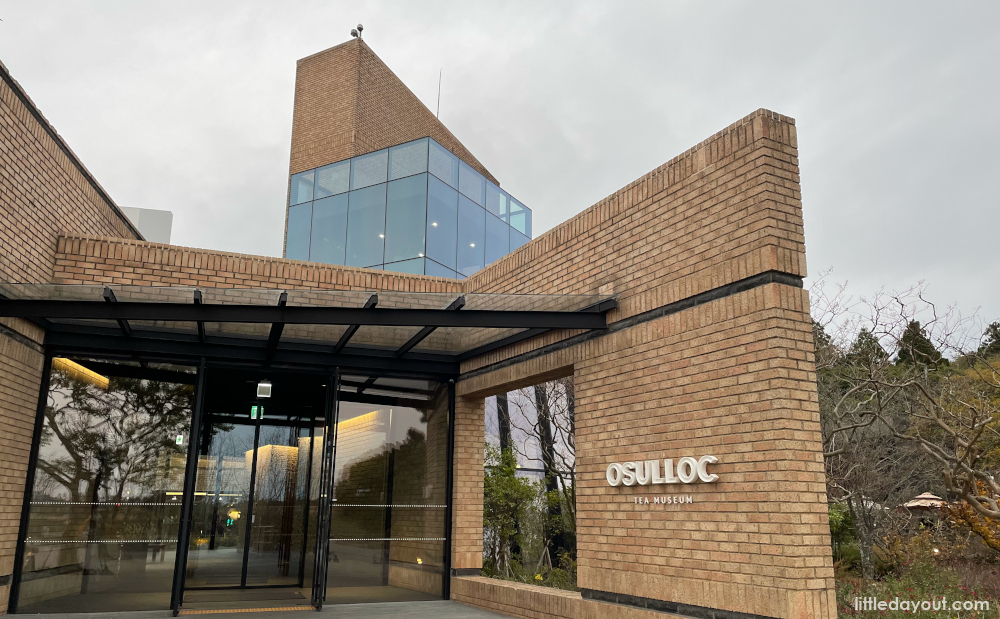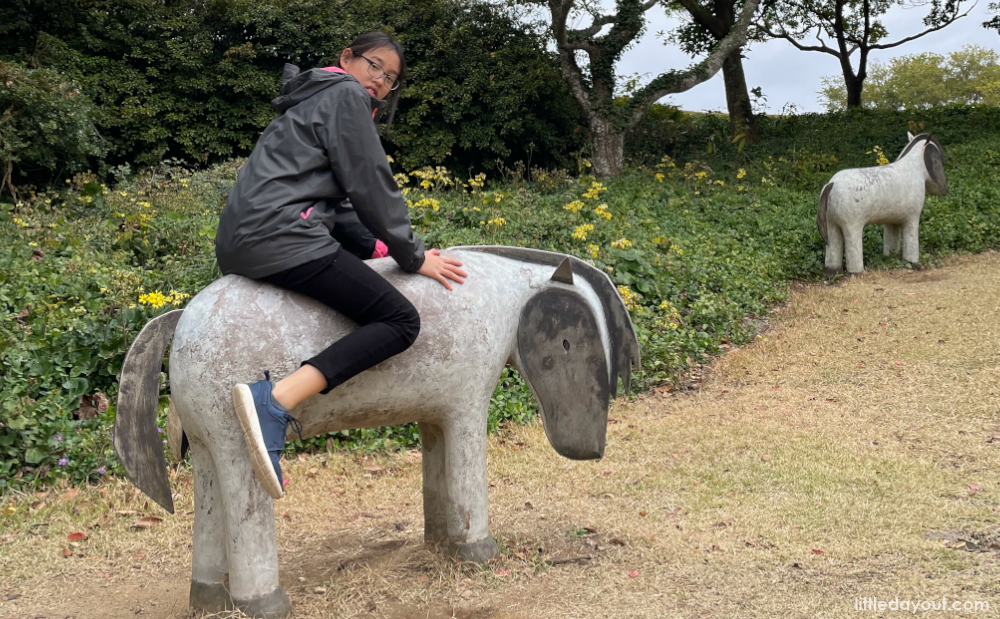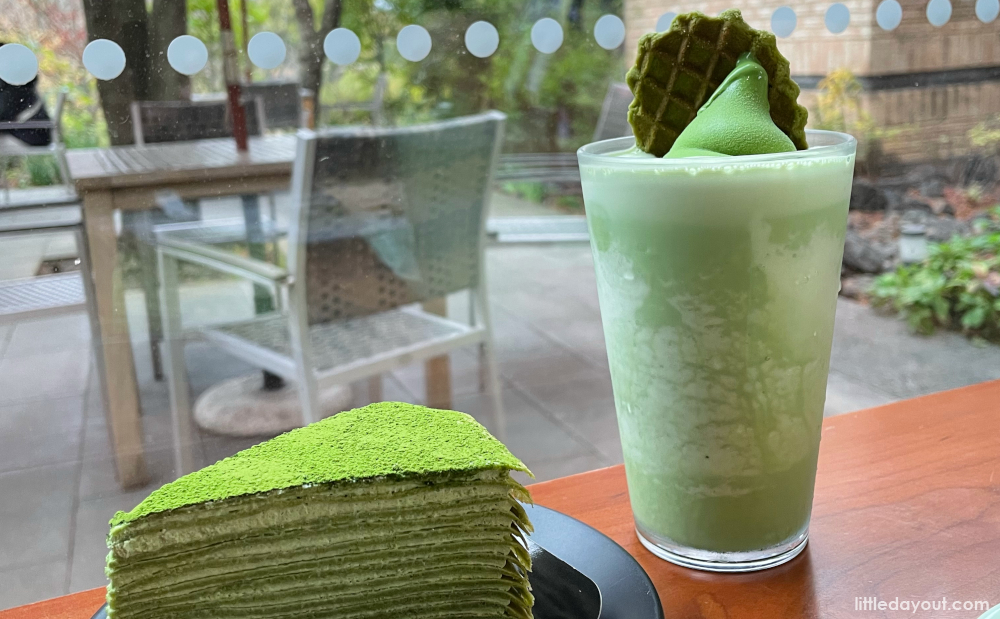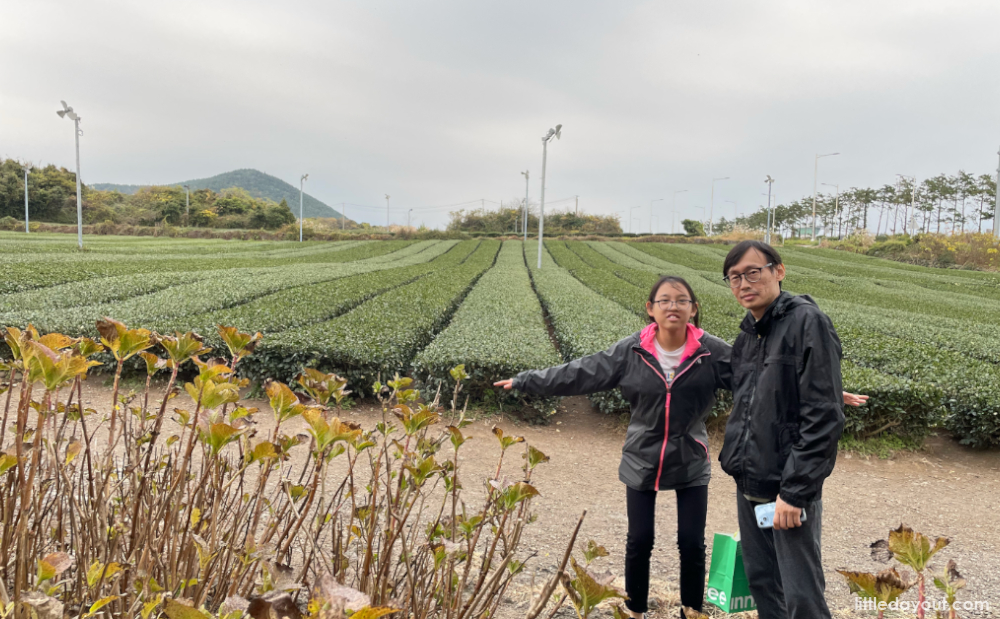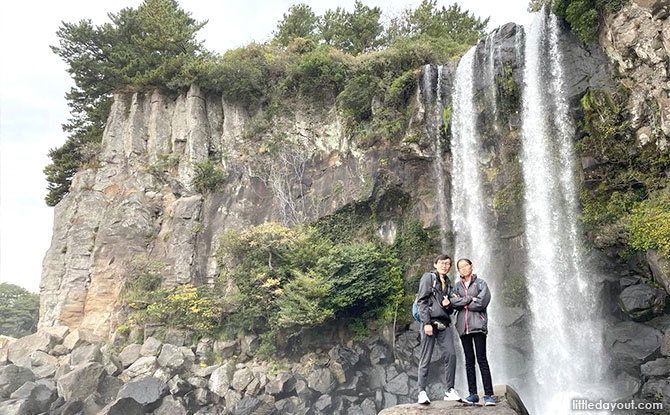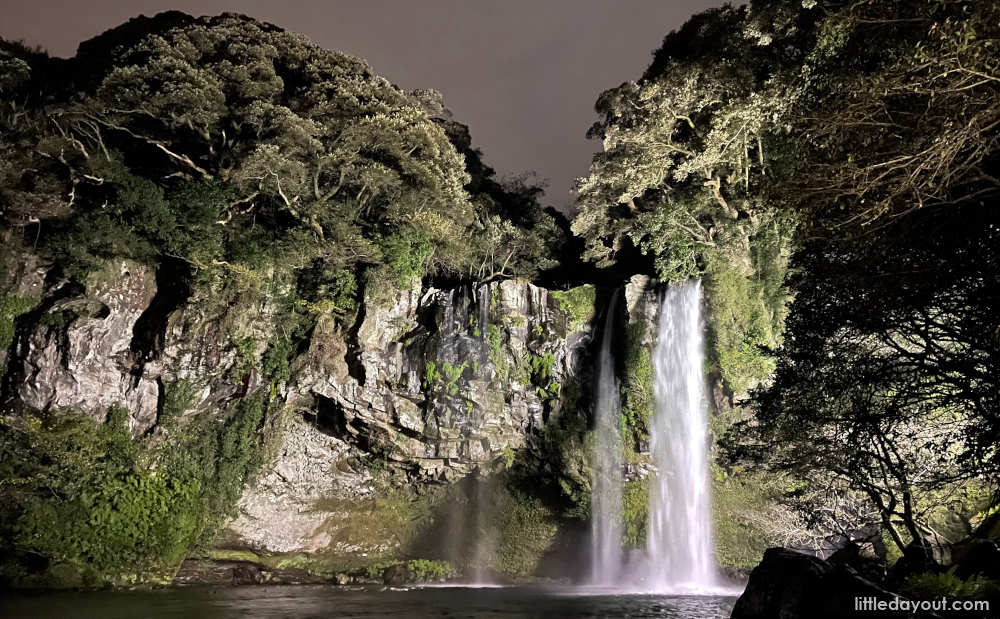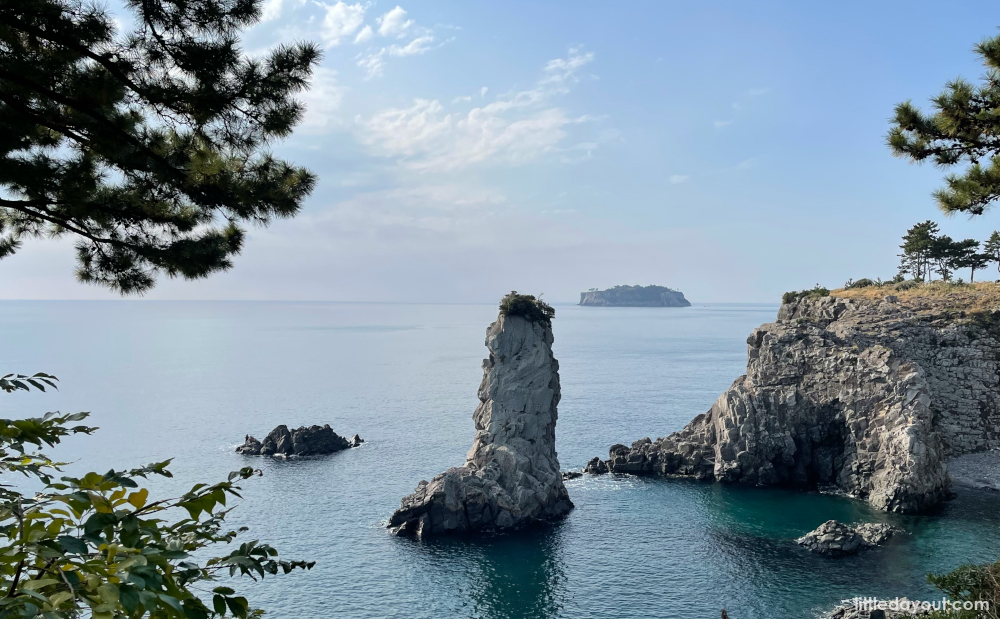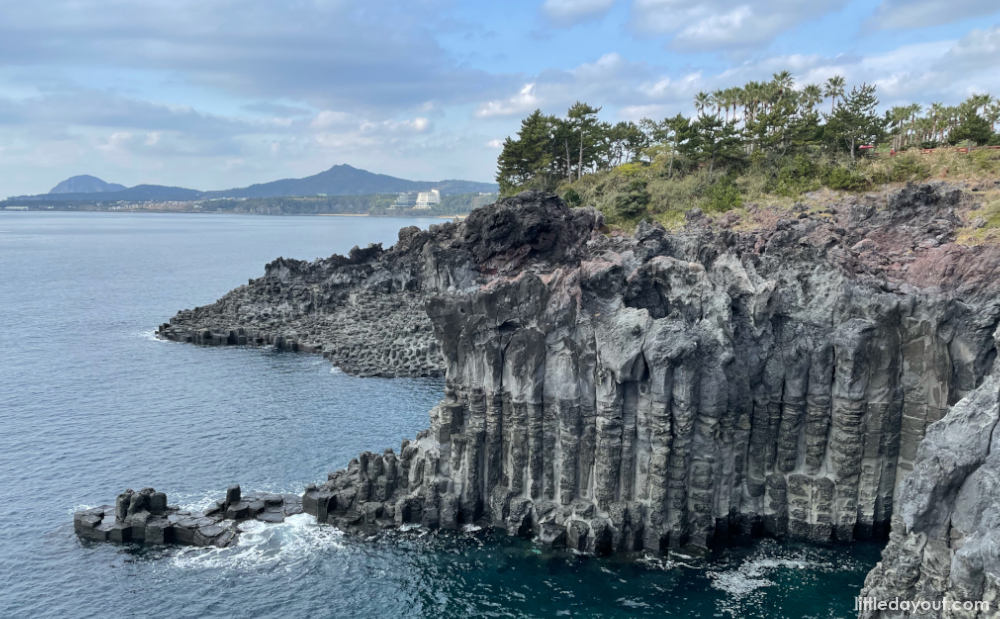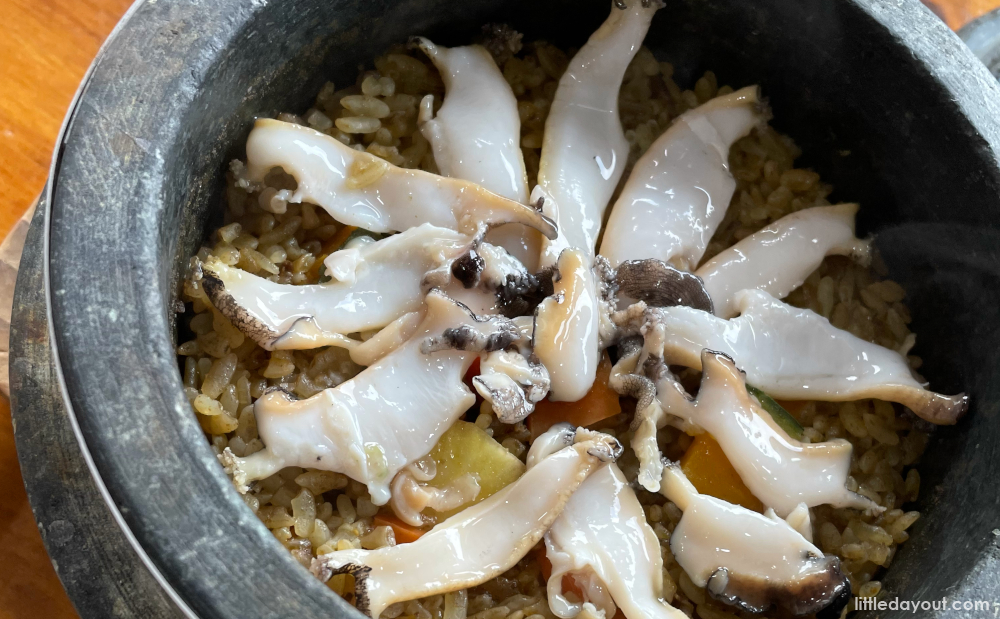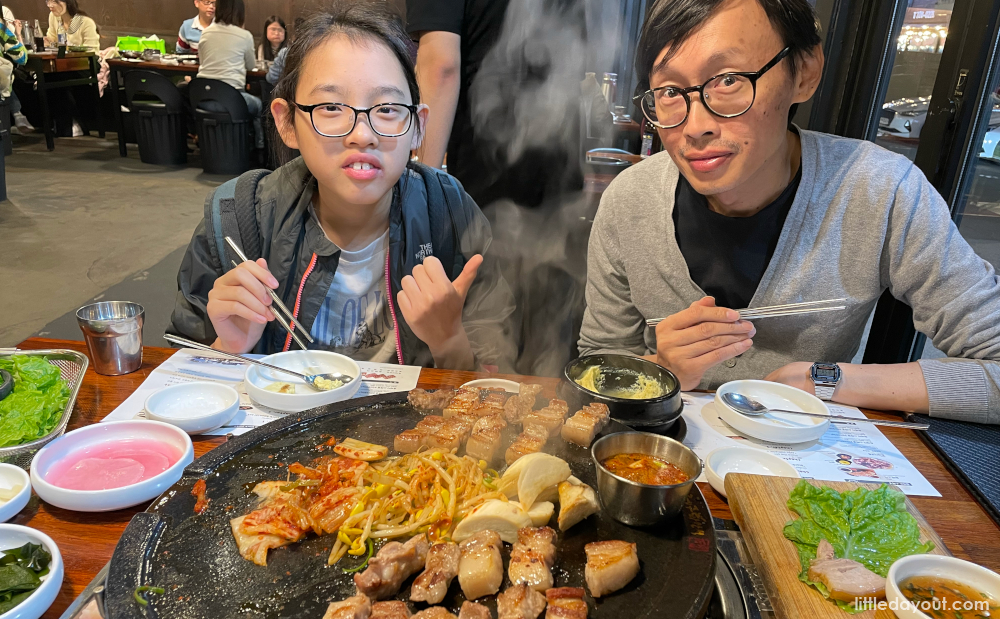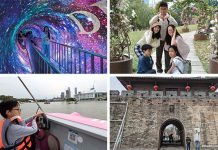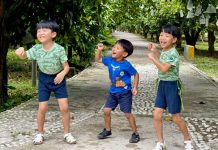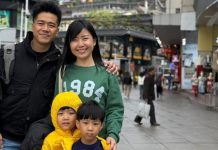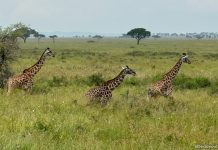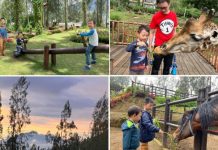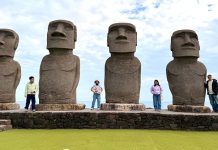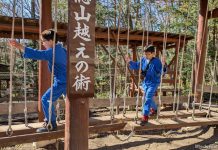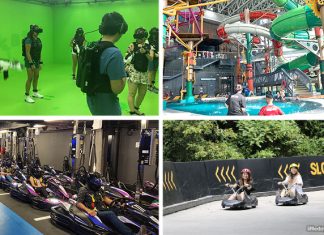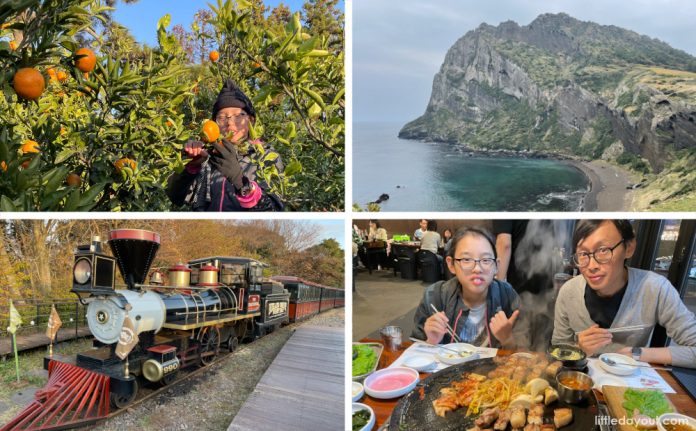
Jeju had been on our holiday destination list for quite a while. With its stunning geological formations, numerous themed spaces and temperate weather – not forgetting Netflix- and food blogger-recommended eats – the island is perfect to visit with kids.
After COVID-19 disruptions and a holiday to Tasmania with the extended family last year, we finally set foot in Jeju with child in tow.
As it has been a tiring year with PSLE being the “highlight”, we decided to take it easy this trip. We were not going to wake up extra early – not even to catch the famed sunrise at the UNESCO-awarded Sunrise Peak! Neither were we going to make ticking off every item in our itinerary a priority. It was going to be a chill-and-bond holiday with our tweenager.
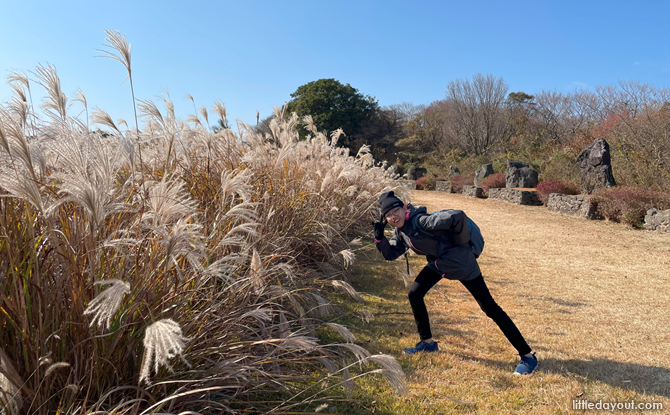
FREE FOR LITTLE DAY OUT PARENTS: Sign Up for a Free Trial with ACT 3 Academy to Find Out If Drama Classes are Right for Your Child
3 Recycling Adventures: Fun Ideas For Kids & Families
1:1 & Small Group English Lessons: How to Get Personalised, English Help
Armed with the NAVER map app in our rented car, we braved the left-hand traffic – which was not difficult at all – and had great fun exploring Jeju over five days and six nights on the cusp of the winter season.
What to Do in Jeju with Kids
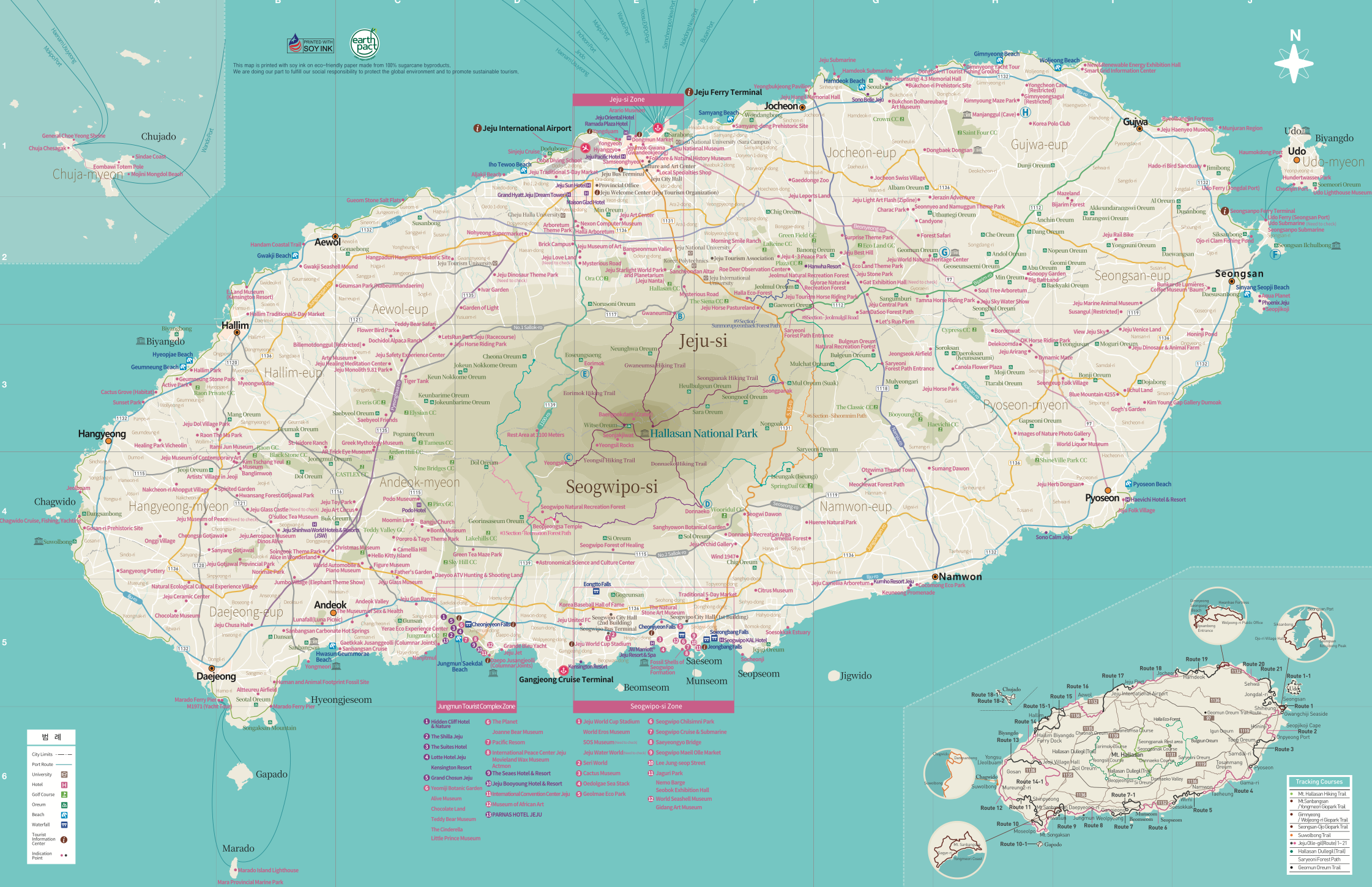
Although Jeju is South Korea’s largest island, it covers a relatively small area of about 1,800 km2 – 73 km from east to west and 31 km from north to south.
Despite its petite size, Jejudo, as it is sometimes called, offers a surprisingly wide variety of experiences at attractions both natural and man-made.
From geological wonders like tuff cones, lava tubes and waterfalls, to uniquely themed museums and parks, and night markets offering exciting street food, there’s something for everyone – which is what makes holidaying in Jeju with kids such a great idea!
Marvel at UNESCO Natural Wonders
Seongsan Ilchulbong (Sunrise Peak)
Jeju Island was formed by underwater volcanic eruptions, purportedly two million years ago.
More volcanic activity 5,000 years ago led to the emergence of Seongsan Ilchulbong – a tuff cone rising 182m above sea level, with a crater measuring 600m in diameter. Ninety-nine jagged rocks surround the crater, giving the peak a majestic crown-like appearance.
Sunrise Peak was designated as a UNESCO World Natural Heritage Site in 2007. As its name implies, it is one of the best places to see the sunrise in Jeju.
While we did not aim to catch the million-dollar spectacle and encountered light rain on our drive to the peak, we were blessed with a beautiful view of Jeju’s most famous icon, looking fresh after the shower.
Once at the site, there are a few things you can do: trek up to the summit to see the crater and get a bird’s eye view of eastern Jeju, descend to the beach level to admire the old dame from a different perspective, and catch an awe-inspiring haenyeo performance.
Haenyeo, meaning “sea women”, are female divers who plunge into the sea to harvest abalone and other shellfish without oxygen tanks or other diving equipment. Their daily performances allow the world to catch a glimpse of their lives and help to keep the haenyeo culture alive.
These power women, many of whom are still diving in their elderly years, have become a symbol of Jeju Island. Their likeness can be found on statues, soft toys and even Starbucks merchandise!
Manjanggul Lava Tube
Another activity not to be missed when visiting Jeju with kids is exploring Manjanggul Lava Tube.
A lava tube is a volcanic cave that is created when molten lava rushes through the earth, carving out an opening in the process.
If that sounds exciting to you, you will be glad to know that a 1-km segment of Manjanggul Lava Tube, which is part of the UNESCO-conferred Geomunoreum Lava Tube system, is open to the public.
It is a mysteriously dark and wet trek from the entrance to the end, where a 7.6-m tall lava column – the largest in the world – marks the highlight of the excursion.
Along the way, kids and adults alike will be fascinated by cool natural features, such as lava flow lines on the cave wall, lava rafts and stalactites. Illuminated boards provide information about these wondrous formations.
It is advisable to go on this cave adventure with sturdy footwear as the ground is very uneven – after all, the floor was lava thousands of years ago! – and riddled with water puddles. Younger children should also not be left to navigate the lava tube on their own.
Do note that there is no exit at the end point and you have to return to the entrance to leave the cave.
Hallasan
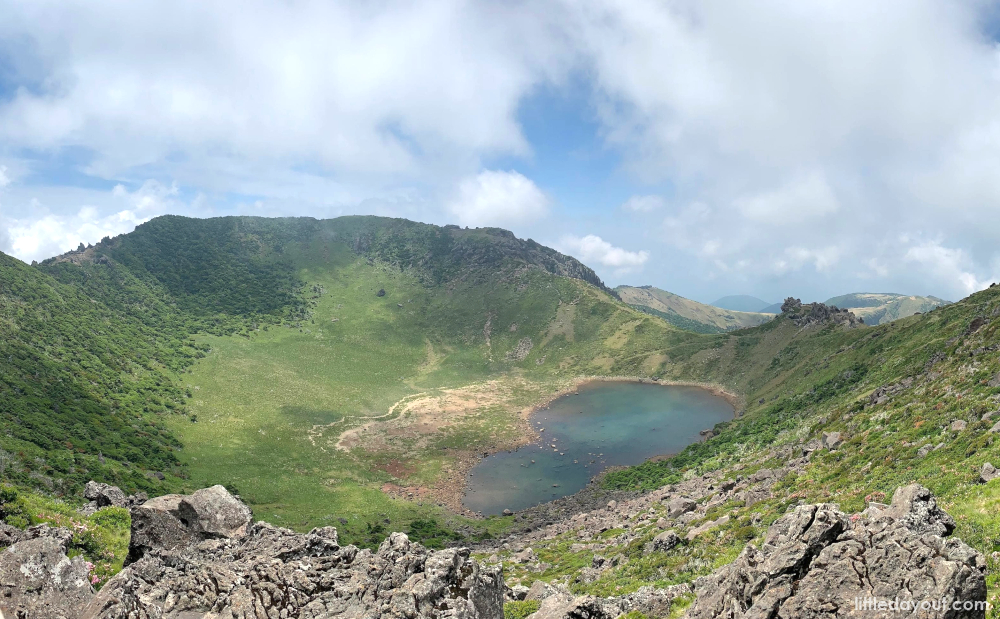
A massive shield volcano, Hallasan – South Korea’s tallest mountain at 1,950 m above sea level – is almost synonymous with Jeju Island. So huge and imposing it is that everywhere you turn in Jeju, you can almost be certain that it is somewhere in the background.
For those who want to see the UNESCO-recognised mountain up close, there are seven hiking trails of varying difficulty levels that offer a more intimate experience of it.
With children in the hiking party, the Eoseungsaengak and Seokgulam trails may be more suitable as they are shorter, requiring only about 1 and 2 hours respectively to complete. These trails do not lead to the summit with the famed Baengnokdam crater lake, though you can still get great views of the mountain and the surrounds.
As we are not very athletic, we decided to take the Eoseungsaengak trail. However, it started snowing as we were driving to the starting point of the trail.
We were not prepared for this weather, so our hike turned into a snow play session instead – not what we expected, but a gleeful experience for our daughter, who had never encountered snowfall before this.
Enjoy Themed Parks, Museums and Activities
Jeju Stone Park
With a mind-boggling array of themed spaces in Jeju, ranging from Teddy Bear Museum to Camellia Hill and Maze Land, it is about choosing something that your family enjoys.
When we came across Jeju Stone Park in our research for the trip, we were intrigued by its choice of subject matter.
Jeju Stone Park is a museum and ecology park that showcases the stone culture of Jeju. In my opinion, it offers the perfect blend of science, myth and art in a scenic setting.
The museum gives a detailed presentation of how Jeju was formed through volcanic activity and the different types of stones involved in the process.
Surrounding the museum is a beautiful park that is inspired by the myth of Grandmother Seolmundae, who sacrificed herself in a pot of porridge to feed her 500 descendants.
The massive rocks that paint this epic scene, together with Jeju’s iconic Dol Hareubang stone statues and other artistic rock structures, interact with the natural settings in a most aesthetically pleasing manner.
The best thing is, Jeju Stone Park is not just for stone fanatics. Strolling through the outer garden before we got to the stone-intensive area, we had a wonderful experience surrounded by beautiful silvergrass and other local flora, with mountains as our backdrop and the sound of birds singing in the sky.
The Sky Pond, set atop the museum, was tons of fun for our daughter too. Usually camera-averse, she was eager to step into the wellington boots provided and waddle to the middle of the water structure together with her father to have her picture taken!
Eco Land Theme Park
Photo spots are also one of the draws of the family-friendly attraction, Eco Land Theme Park. The main highlight, however, is taking the British-made Lincoln trains through the Gotjawal virgin forest to four stations spread across the park, each expressing a different theme.
From taking a swan boat ride in a picturesque lake, to enjoying a swing in the middle of a lavender field, and feeding pretty miniature horses, there are countless activities for children to indulge in.
Eco Land Theme Park is a great place for family bonding and eternalising these memories through photos.
Aqua Planet Jeju
The largest aquarium in Asia with a floor area of 25,600 m2 and tanks holding 10,800 tons of sea water, Aqua Planet Jeju is a must-visit when touring Jeju with kids.
Not only are there many interesting animals, corals and plants at Aqua Planet Jeju – the number stands at 48,000 – but the display zones are also designed for unique viewing experiences.
One example is a floor-to-ceiling glass column that seals can swim through, allowing for surprise encounters with visitors. Another cool feature is an exhibition of animal specimens, preserved using a special X-ray technique.
Be sure to catch a show or two at the mega tank in the aquarium. We enjoyed the manta ray feeding show where colourful patterns were projected on the rays as they swam towards a tube for food. There is also a Haenyeo diving demonstration show that is exclusive to Aqua Planet Jeju.
The Ocean Arena performance promises to be great fun, with highlights such as a synchronised swimming act and demonstrations with dolphins and sea lions. Unfortunately, this show was not available when we visited due to a reorganisation exercise.
PSA: Buy your tickets online on platforms like Klook and Pelago, where discounted tickets for foreigners are available.
Choenamdan Experience Tangerine Farm
Jeju is the land of tangerines. From the iconic Hallabong to the Cheonhyehyang and other varieties that are equally hard to pronounce, tangerines are a ubiquitous sight in Jeju, especially nearing the winter months when it is harvest season.
Instead of buying them from a market or store, why not pick them – fresh from the trees – yourselves?
That is what we did at Choenamdan Experience Tangerine Farm. Not only was it a fun family activity, but we also got to eat as much as we want at the farm and bring home however many tangerines we could fit into our 3-kg bucket!
Besides tangerine picking, the farm also offers other experiences. One of them is feeding black pigs, which put us on a fun monorail ride around the farm, complete with live commentary, albeit in halting English.
When we arrived at the black pig feeding station, the guide gave us a demonstration before we were put to the task. It was all fun and nice, until we remembered our black pig barbecue meal the night before!
Osulloc Tea Museum
A tea museum may not sound very kid-friendly, but Osulloc does operate with children in mind.
For starters, there are large green spaces for little ones to run around in, with interesting art installations that kids can interact with. The café also offers a children’s set that comes with a Lego-like build with the Osulloc brand name, which makes for a nice keepsake.
Osulloc Tea Museum was the first museum in South Korea to introduce and promote tea culture when it was opened in 2001. It boasts a beautiful landscape and was even named one of the top 10 museums in the world by Designboom, a renowned design and architecture website.
While it is called a museum, the exhibition space occupies only a small area on the first floor of the building. To me, the draw of this place is its nice premises and the unique and aesthetically pleasing green tea-based desserts from its café.
There are two small tea fields at Osulloc Tea Museum, one in front of Innisfree Jeju House – where you can purchase Innisfree products that are exclusive to Jeju Island – and the other across the road.
They are a tad small, but still interesting enough for children to see how tea leaves are grown. You can also get nice photos out at the fields, with a pretty peak in the background.
Get Front Row Seats to Geological Masterpieces
Waterfalls
Known for its stunning natural beauty, Jeju is home to a good number of waterfalls. Among the most famous ones are Jeongbang Waterfall and Cheonjiyeon Waterfall.
The former is known for being the only waterfall in South Korea that flows directly into the sea. At 23 metres high, its water crashes onto the rocky beach, giving those who dare to get close enough a good spray.
One of these daredevils is my usually uncoordinated child, who surprised me by saying that she wanted to climb over the huge, irregularly shaped rocks on the beach to get to the “podium”, where visitors were having their photos taken.
It was not an easy climb, but the challenge made the Jeongbang Waterfall visit a memorable experience for her.
Cheonjiyeon Waterfall is located inside a nature reserve inhabited by ducks and mottled eels. From 22 metres tall, its water appears to fall from the heavens, giving rise to its name, which means “sky connected with land”.
It was beautifully illuminated when we visited at night. Dol Hareubang stone statues, scenic bridges and the idyllic quack of ducks on our walk-in added to the allure of the attraction.
Rock Formations
Visiting Jeju is like having a Geography textbook come to life. When I saw the Oedolgae Sea Stack, a lone rock rising 20 metres above the sea and shaped like a human, terms like “wave erosion” and “wind erosion” flashed through my mind.
Even with the scientific knowledge available to us today, people still gravitate towards the mystical. Myths surround the formation of the sea stack, including one about the rock being dressed as a general to scare off invading enemies.
Another tells of how a grandmother waited so long for her husband to return from fishing that she turned into a rock.
Besides the Oedolgae Sea Stack, the Jusangjeolli Cliff has also gained popularity among visitors to Jeju. It showcases columnar joints of vertical hexagonal-shaped rocks that look like they were sculpted using a carving tool. A spectacular sight is created when 20-metre tall waves crash onto these rocks.
Eat Up!
Last but not least, dig into mouthwatering Korean fare!
From exciting street food at the Dongmun Market, to an abalone feast at the famed Myeongjin Jeonbok, and octopus ramen – complete with a live, writhing abalone – from Noraba of Netflix fame, there is no lack of gastronomical delights in Jeju!
Oh, and you must try the black pork barbecue at Black Pork Street, the fried chicken from BHC, Hallabong ice cream, tteokbokki,…
One word sums up our family adventure in Jeju: daebak!
Our Jeju Itinerary
Day 1: Arrive in Jeju in the evening via Scoot (Scoot is the only airline that flies direct to Jeju at the moment) • Taxi ride to hotel • Dinner at Dongmun Night Market (the hotel that we stayed at is within walking distance of the night market)
Day 2: Collect the car from Lotte Car Rental • Jeju Stone Park • Ecoland Theme Park • Dinner at Black Pork Street
Day 3: Sunrise Peak • Aqua Planet • Hanyeo Museum • Dinner at Jeju City
Day 4: Samyang Black Sand Beach • Gimnyeong Seongsegi Beach • Lunch at Mooger Burger • Manjanggul Lava Tube • Choenamdan Experience Tangerine Farm • Dinner at Seogwipo Maeil Olle Market
Day 5: Jeongbang Waterfall • Oedolgae Sea Stack • Jusangjeolli Cliff • Camellia Hills • Osulloc Tea Museum • Cheonyijeon Waterfall
Day 6: Hallasan (Eoseungsaengak Trail) • Lunch at Noraba • Aewol Cafe Street • Sinchang Windmill Coastal Road • Iho Tewoo Beach • BHC Chicken for dinner
Day 7: Return the car • Take the free shuttle from Lotte Car Rental to the airport • Early lunch at the airport before flying back to Singapore
This was our intended plan. Some changes were made due to weather conditions and last-minute decisions.
Note: The beaches had covers on them when we visited.


